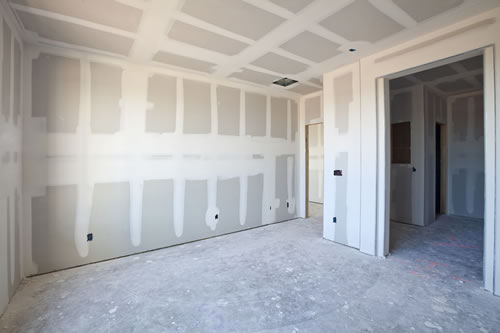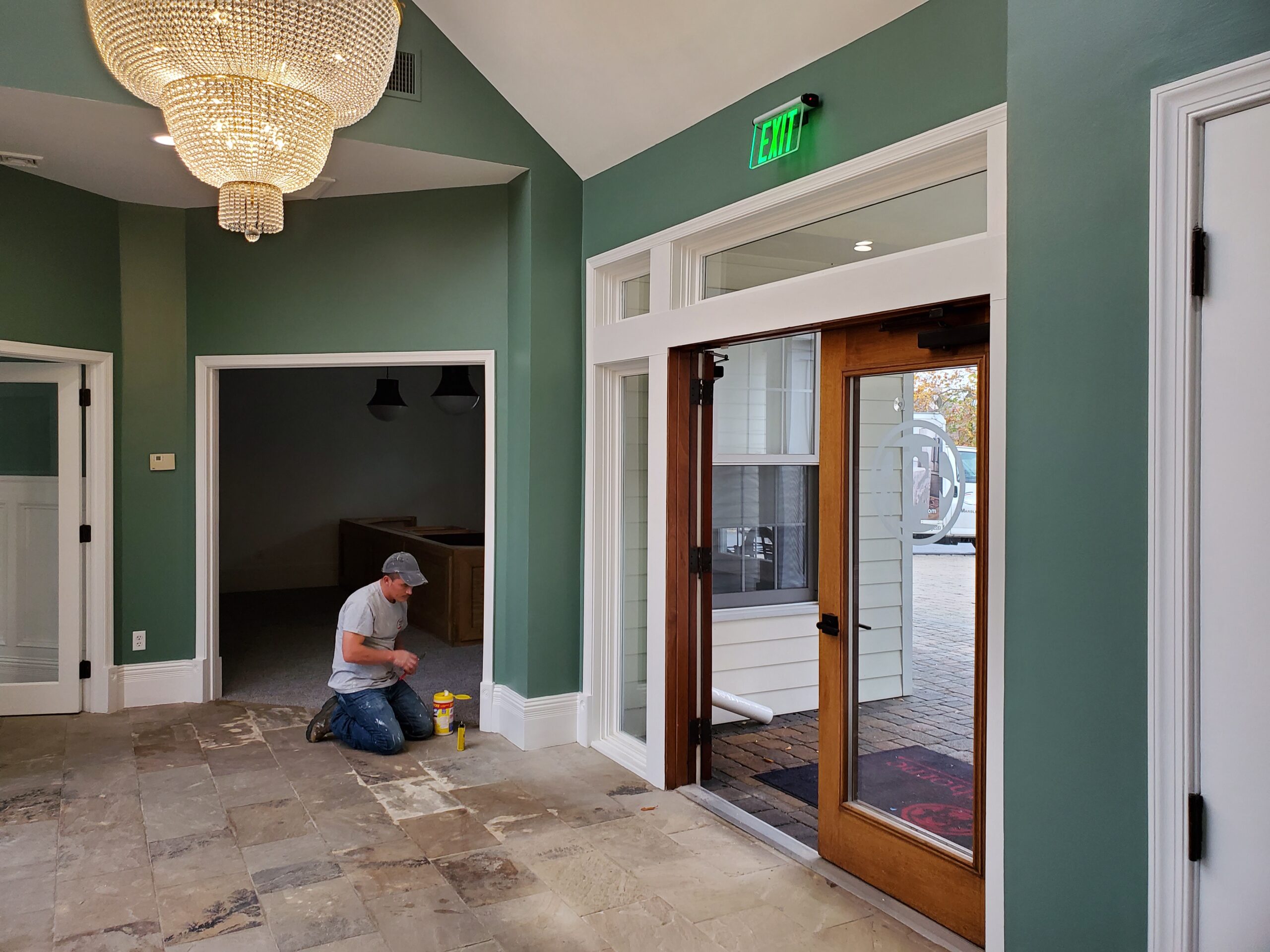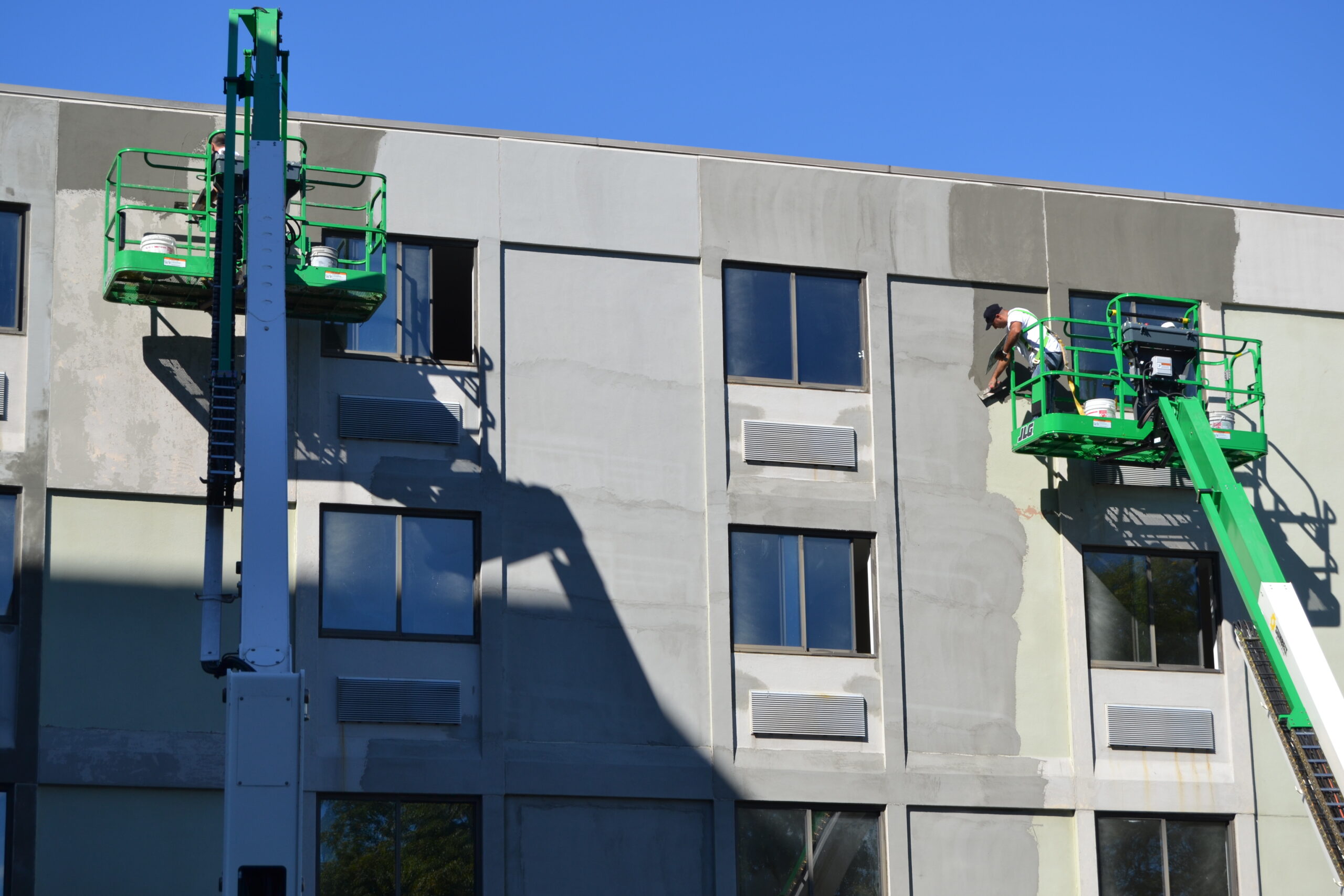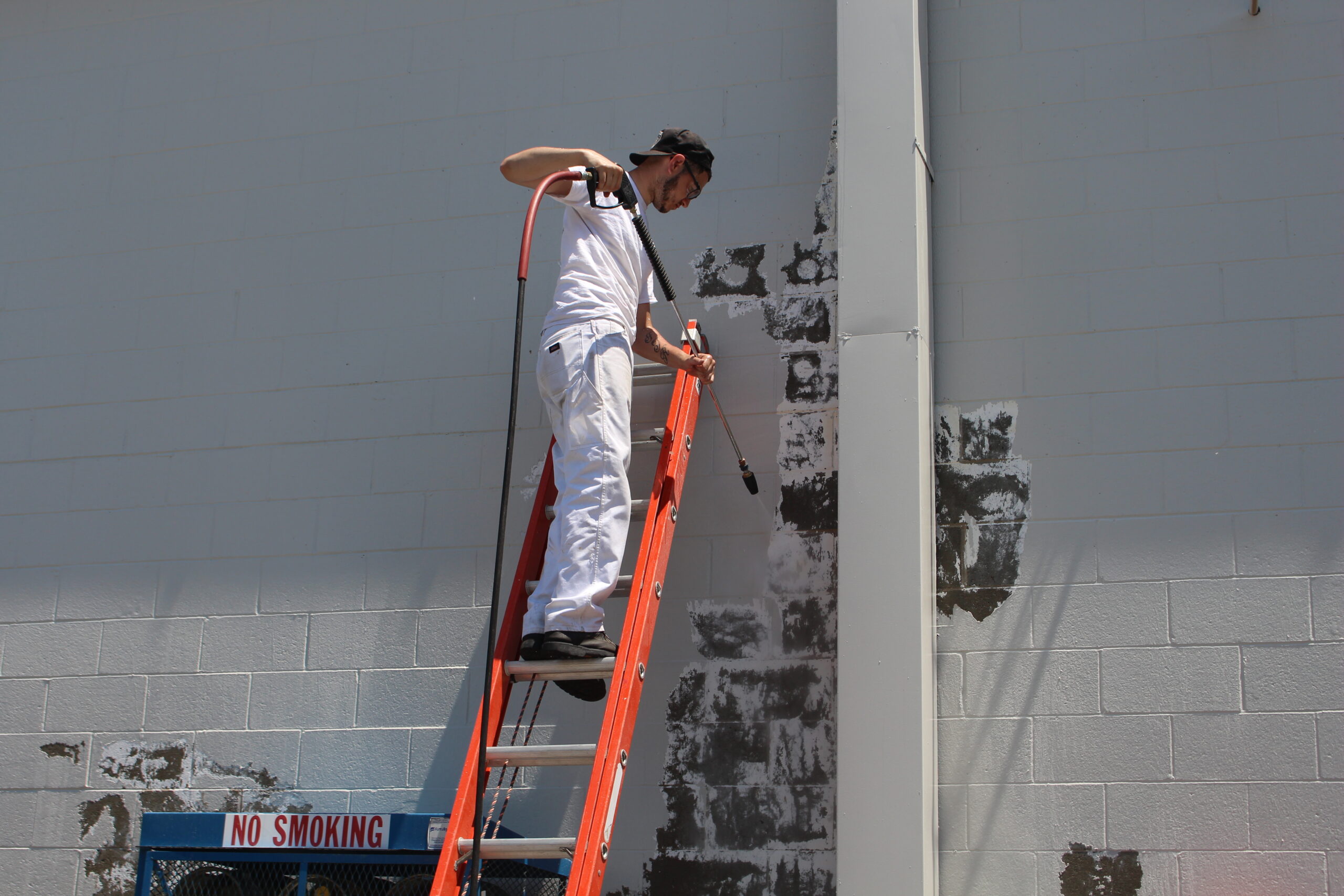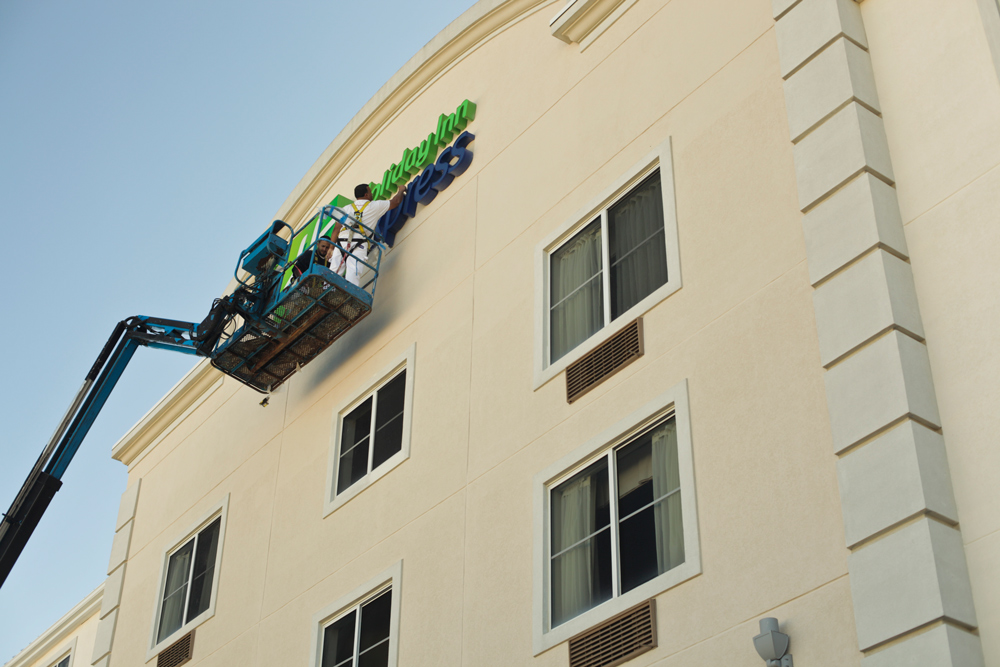
You may not realize this, but when you walk into a room, the first thing your subconscious takes in is the color of the room. Color Psychology is the study of how colors affect moods and emotions. These facts about color are used in a variety of locations, including healthcare facilities. When we come in to professionally paint or apply coatings in the hospital setting, we work with the administrators, nursing, and other care administrators to find out what colors they are seeking, and we help them to use paint to enhance services.
Factors Healthcare Administrators Must Consider Before Painting
When we talk to healthcare management and administrators, we begin with a conversation over the phone. Although we could just jump right into planning paint types and dates, we want to listen to what you are looking for.
The first part of the planning process is to find out exactly what the healthcare facility is looking for. Do they want a refresh on existing paint? Is there paint peeling, and it needs to be redone? These are the types of issues that need to be addressed first. Next, we need to discuss the areas that need to be painted. When we know what areas will be painted, we can begin to formulate an idea of the schedule we will be looking at.
Facility Safety
Part of running a healthcare facility is taking on the responsibility of the wellbeing of those who enter. The Hippocratic Oath begins with “do no harm,” and that extends beyond the doctor-patient relationship.
A way administrators can facilitate healthcare safety is by keeping people safe the minute they walk through the door. Since paint poses potential health hazards, choosing to keep the threat minimalized through specialized paint choices.
A way to ensure that these chemical exposures are minimalized is by hiring professional commercial painters. The quality of our work and services is why re:fab has been the choice for 25 years.
Choosing Paint for a Healthcare Facility
Not all types of paint are created the same. The traditional type of paint you might use in your home won’t cut it in a healthcare setting. Regular paints contain volatile organic compounds (VOCs), which are what produce the hazardous fumes and strong odors. VOCs can cause potential health problems that you don’t want your staff or patients to be exposed to.
Low-VOC and Zero-VOC Paint
To prevent the indoor air quality from being compromised in a facility, using paint classified as low-VOC or zero-VOC can reduce or eliminate the hazards other paints may carry. The benefits of using this type of paint are lower VOC emissions, little to no odor, and vast color range.
Non-Toxic Paint Selections
Even though paints can claim to be low-VOC and zero-VOC, that does not mean they do not contain solvents or additives that could compromise health. Many healthcare facilities will opt for paints that do not contain any solvents or additives due to these risks. Non-toxic paint selections for healthcare facilities are less likely to cause reactions in staff and patients who have sensitivities.
Eco-Friendly Paints
An additional consideration to be made when choosing your healthcare facility’s paint is the impact that it has on the environment. Some paints are made “green,” making them an eco-friendly solution. These paints use natural binders and pigments that are plant-based to provide rich colors. Paints that have a Green Seal certification are considered eco-friendly.
High-Durability Paint and Coating
Facilities like doctor’s offices and hospitals are highly trafficked areas. When the paint used can’t stand up to the daily stress, you are forced to have unattractive walls or repaint them constantly. High-durability paints are often oil-based, which can take longer to dry but are waterproof, fade-resistant, and create a hard finish. Coatings are often made from materials like epoxies, acrylics, and ceramics and create a highly-durable layer. Coatings create a higher level of protection than using paint alone.
Quality of Paint Selections
Since healthcare facilities have their own set of unique challenges, using the right paint can reduce the challenges faced. Durability is one of the biggest issues, which means that the paint has to be able to resist damage in all the environments it is used in.
The most common factors that management has to look at are:
- The moisture level of the facility
- Weather changes that may be severe
- Corrosive factors
- Stains and presence of other liquids
- Discoloration or potential for fading
- Microbial growth
Whether you only have to worry about one factor or all of them, your professional commercial painting company can help facilitate your needs. re:fab is always ready to help our clients choose the right quality of materials for their healthcare facility.
Why Paint Color Matters in Healthcare Facilities
The color of the paint in a room or on a building can mean more than you realize. While healthcare facilities are where people come to get well or seek treatment, they might not have an inner calm about the situation. Using Color Psychology practices, it is possible to change a healthcare facility’s mood and feeling for both the patient and the staff.
Patient Rooms and Waiting Areas
Neutral palettes are recommended for these types of areas. Studies have shown that neutral and soft palettes can create calm and comfort for patients and their families. Due to the calm that these color palettes can bring, it is recommended to incorporate these anywhere that patients or family members may feel large amounts of worry.
Staff Areas
Healthcare nursing staff and other administrators are known for their long work shifts. During these shifts, there are areas where different paint colors can help to change the way these employees feel. Brighter painted areas can provide a pick me up and energize. Darker palettes can offer a restful area when trying to relax for a time.
Operating Rooms
In most operating rooms, the colors used are shades of blue or green. Not only do these colors promote calm, but they help to neutralize the red for the surgeons and nursing staff. When staring at colors for a long time, a temporary effect called afterimages can occur. Afterimages are the spots of complementary colors that show up when staring at a color for long periods. That is why putting white paint in operating rooms would increase the probability of seeing blue or green spots.
Expanding on Patients’ Needs
The colors used in various services throughout healthcare facilities are dependant on the patients within those areas. For example, in pediatric areas, the use of colors closely associated with toys or other child-identified items may promote a calmer atmosphere than a room painted white. Adversely, most elderly patients prefer warm neutral colors like beige because it feels more like home. Nursery colors and obstetrics services are often pastel in color, an associated palette with the practice area.
Addressing Scheduling
With any painting project, some downtime should be expected. We try our best to minimize the amount of downtime your healthcare facility faces when we work on your commercial painting project. Some things are just unavoidable, though. We discuss the following factors with you:
-
- Project size – The project’s size plays a large role in the amount of time it takes to complete. When working with you, we will make suggestions that may make it easier to address this, like breaking the project into several different sessions to reduce interruptions.
-
- Drying and curing time – Different kinds of paints and coatings take longer to dry than others. These times factor into how long the schedule for the project should be. As professionals, we know what these paints are, and we can discuss with you the amount of time and how they may alter the schedule.
-
- Humidity – If the climate or your healthcare facility is humid, it can cause increased drying times. This will need to be taken into account when planning your project.
-
- Temperature – Colder temperatures increase drying time. Most paints require temperatures of at least 35°F to 50°F to dry in a decent amount of time. Some paints require higher temperatures. We can advise you on the ideal temperature for the paint you choose.
Analyzing Your Facility Painting Project
When you decide that a new paint job is what your facility needs, we will help you decide what type of painting schedule will be right for you. As a professional commercial painting contractor, we know that healthcare facilities cannot stop what they are doing to complete a paint job.
Flexibility is a valuable trait to look for in your commercial painters. There will be times that may be better accommodating for the facility, such as nights, weekends, or holidays. Making the most of the time that is better for the facility can make projects run more smoothly.
re:fab starts with this process, determining what scheduling will better accommodate the painting project and the healthcare facility’s patients, nursing staff, and administrators.
Why re:fab?
We pride ourselves on the excellent project management team. We offer full support every day until your healthcare facility painting project is completed. Our goal is for you to be completely satisfied with our services.
Our professionals make sure that your project has the right materials and is appropriate for the job at hand. We remain flexible so that your schedule is minimally interrupted. That is part of our satisfaction that is guaranteed. Contact us for a free estimate today!





